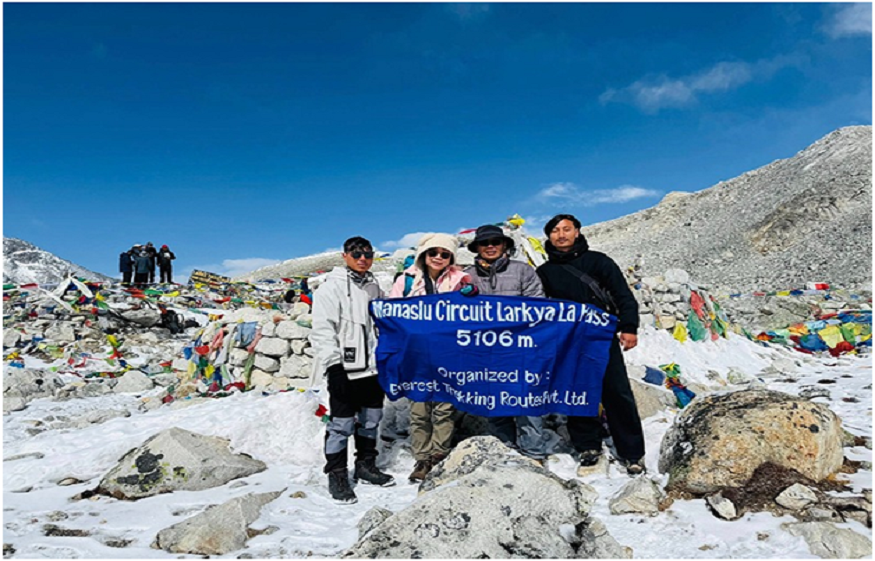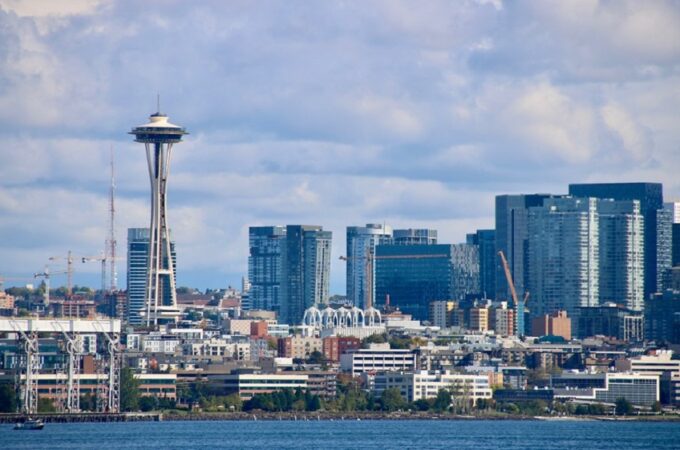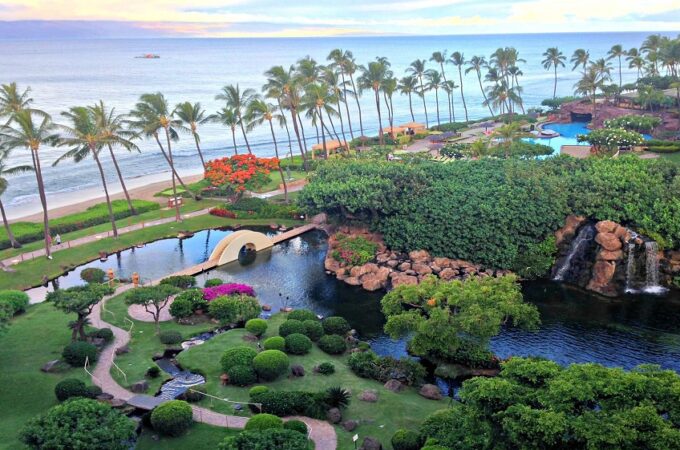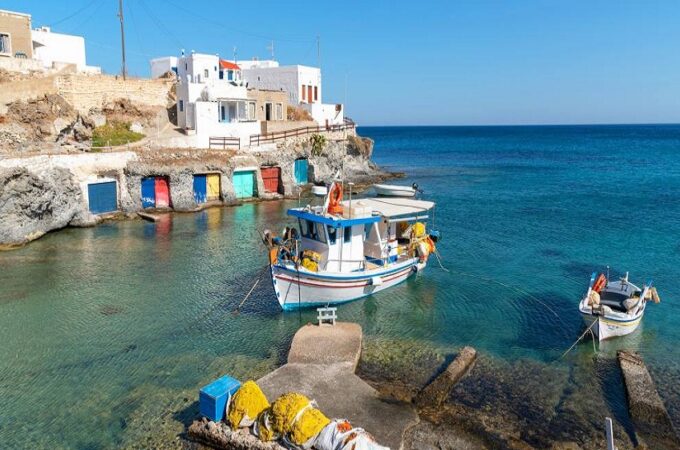
The Call of the Circuits: Trekking Annapurna and Manaslu Routes:
In the towering grasp of the Himalayas, where hush is broken as it were by the whispers of wind and supplication banners rippling against cold peaks, lies an arrangement of trails that are among the finest on Soil. Nepal’s mountain circuits are not just trekking courses — they are transformative encounters. These ways bend around sacrosanct valleys, old towns, thundering streams, and tremendous frigid regions. Among them, the Annapurna Circuit trek and the Manaslu Circuit trek stand as fantastic ventures through tough wild and social havens. Include to these the covered up puzzle of the Nar Phu Valley trek and the soul-soothing effortlessness of the 5 Days Langtang Valley trek, and you start to listen to the overwhelming call of the Himalayan circuits.
Each of these treks exhibits a diverse soul of the Nepalese good countries — from the bustling teahouses of the Annapurna Circuit to the inaccessible trails of Manaslu, from the misplaced Tibetan universes of Nar and Phu to the open snow capped quietness of Langtang. Together, they frame a mosaic of enterprise, culture, and significant normal excellence that characterizes trekking in Nepal.
The Magnificent Manaslu Circuit trek:
Circling the eighth-highest top in the world, Mount Manaslu (8,163m), the Manaslu Circuit trek offers a compelling blend of crude Himalayan wild and profoundly otherworldly Tibetan culture. Not at all like the busier trails of Everest or Annapurna, Manaslu remains generally untouched, a covered up gem for those looking for segregation and authenticity.
The trek regularly starts in Soti Khola, climbing slowly near the Budhi Gandaki Stream. The lower comes to be characterized by thick subtropical timberlands, terraced areas, and cascading waterfalls. As trekkers rise, the scene changes — pine woodlands abdicate to elevated knolls, and towns like Jagat, Namrung, Lho, and Samagaun start to uncover their Tibetan roots.
One of the most breathtaking sections of the trek is the climb to Larkya La Pass (5,106m), a high-altitude crossing that offers clearing sees of Cheo Himal, Himlung Himal, Kangguru, and the Annapurna run. The pass challenges both body and intellect, but the remuneration is a once-in-a-lifetime display of perfect Himalayan peaks. The plunge toward Bimthang and ahead to Dharapani steadily brings trekkers back into rich, green terrain.
The Manaslu Circuit requires extraordinary grants and an enrolled direct, including a layer of coordinations — but moreover guaranteeing the region remains secured and less trafficked. For trekkers who long to step absent from commercialization and submerge themselves in untamed excellence, Manaslu answers the call.
Manaslu Highlights:
- Deep gorges and tall mountain passes
- Tibetan Buddhist culture and sacrosanct monasteries
- Remote towns and emotional Himalayan scenery
- Larkya La Pass: among Nepal’s most picturesque crossings
Annapurna Circuit trek:
Often depicted as one of the most noteworthy treks in the world, the Annapurna Circuit trek is more than a circle around the powerful Annapurna Massif — it’s a trek through time, landscape, and convention. Traversing 160–230 km depending on course varieties, the path winds through a fabulous extent of biological systems and ethnic communities, advertising differences unmatched by any other trek in Nepal.
The trek starts in the lavish valleys of Besisahar, where waterfalls tumble through rice paddies and banana trees. As the path climbs through Chame, Pisang, and Manang, trekkers continuously enter snow-capped regions, with snow-covered peaks coming into view. Towns ended up more Tibetan in character, with chortens, main dividers, and supplication wheels getting to be a portion of the day by day rhythm.
A key acclimatization halt is Manang (3,540m), a bustling town encompassed by ice sheets and emotional peaks. Day climbs to Ice Lake or Gangapurna Lake offer assistance to get ready for the trail’s crown gem: the Thorong La Pass (5,416m). Coming to the beat of the pass some time recently, dawn is a ceremony of entry for trekkers — and the sea from the summit, with the Dhaulagiri and Annapurna ranges on either side, is unforgettable.
The plunge brings you to the sacrosanct trek location of Muktinath, where Hindu and Buddhist lovers bathe in 108 stone gushes. The path proceeds through the windswept Lower Bronco region, past antiquated settlements like Kagbeni and Marpha, some time recently slipping into greener valleys around Tatopani and Ghorepani.
Few treks offer such a clearing assortment of scenes and societies — from tropical wildernesses to leaf levels, from Gurung cultivating towns to Tibetan Buddhist enclaves. The Annapurna Circuit is genuinely a microcosm of Nepal’s whole Himalayan experience.
Annapurna Highlights:
- Thorong La Pass: the most noteworthy point of the trek
- Sacred sanctuaries, cloisters, and farther villages
- Diverse landscape: rainforest, elevated, leave, and jungle
- Optional side trips: Tilicho Lake, Poon hill, or Nar Phu extension
Nar Phu Valley trek:
Tucked in the upper reaches of the Annapurna region, the Nar Phu Valley trek offers a crude, unfiltered see at life in the Himalayan outlands. Limited until 2003 and requiring extraordinary grants, the Nar Phu Valley remains one of Nepal’s most confined trekking destinations.
The experience starts close to Koto, where trekkers break absent from the bustling Annapurna Circuit and head north into the Nar Khola pig out. The landscape rapidly changes — contract trails wind through vertical canyon dividers some time recently opening up into the wide, fruitless excellence of the high-altitude valley.
First comes Phu Town, roosted on an edge over the juncture of the Phu Waterway. This antiquated settlement is a labyrinth of stone houses, yak pastures, and Buddhist stupas. Time appears to have ceased here; the nearby tongue, clothing, and customs have remained unaltered for centuries. Trekkers regularly visit the Tashi Lhakhang Gompa, said to have been favored by the respected 11th-century Tibetan holy person Karmapa Rinpoche.
A few days afterward lies Nar Town, more available but similarly soaks in Tibetan Buddhist convention. The challenging crossing of Kang La Pass (5,322m) interfaces Nar to the Annapurna fundamental path at Ngawal, advertising all encompassing sees of Annapurna II, Gangapurna, and Tilicho Peak.
The Nar Phu Valley trek is a path for genuine searchers — those who long for both remoteness and social profundity. It can be done as a standalone trek or included to the Annapurna Circuit for a longer, more shifted adventure.
Nar Phu Highlights:
- Hidden towns with protected Tibetan culture
- Barren, high-altitude scenes and yak caravans
- Ancient religious communities and otherworldly sanctuaries
- Kang La Pass: challenging and awe-inspiring
Langtang Valley trek (5 Days):
For those with constrained time but huge desires, the Langtang Valley trek offers a culminating mix of openness, snow capped excellence, and social inundation. Found a day’s drive north of Kathmandu, the 5-days Langtang trek is perfect for fledglings, families, or those facilitating into the world of high-altitude trekking.
The trek starts in Syabrubesi, continuously climbing along the Langtang Waterway, crossing suspension bridges, and passing through timberlands wealthy with rhododendron, bamboo, and oak. The region is a portion of Langtang National park, domestic to ruddy pandas, Himalayan monals, and indeed slippery snow leopards.
As trekkers reach Langtang Town and at that point Kyanjin Gompa, the scene opens up significantly. Frosty waterways, wide yak pastures, and snow-capped peaks make a quiet air. The town of Kyanjin, at 3,870 meters, sits beneath the careful look of Langtang Lirung (7,227m) and offers side climbs to Kyanjin Ri or Tserko Ri, where sees extend over the whole valley.
The region, crushed amid the 2015 seismic tremor, has appeared of exceptional versatility. Trekking here moreover underpins nearby recuperation endeavors and jam one of Nepal’s most excellent and underappreciated areas.
Langtang Highlights:
- Quick get to from Kathmandu
- Traditional Tamang and Tibetan culture
- Alpine glades, ice sheets, and beautiful viewpoints
- Ideal for first-time trekkers or shorter adventures
Answering the Call:
To trek in Nepal is to walk a way worn smooth by centuries of pioneers, dealers, and vagabonds. The trails are more than courses — they are ceremonies. Whether you are navigating the tall passes of Manaslu, investigating the overlooked corners of Nar and Phu, circling the forceful Annapurna, or breathing the cool discussion of Langtang’s knolls, you are locked in a more profound frame of travel. You are replying to the call of the circuits.
Each trek depicted here offers an interesting feature of Nepal’s soul: the otherworldly isolation of Nar Phu, the wild magnificence of Manaslu, the epic differences of Annapurna, and the calm charm of Langtang. Together, they epitomize the lavishness of the Himalayas — a put where the mountains are not simply climbed but revered.
No matter which circuit you select, the travel will take off if you change. These are not trails you essentially total; they are encounters that remain with you, long after the boots have come off and the mountains have blurred into the clouds.
(FAQs)
Do I require a direct for these treks?
Yes, guides are obligatory for Manaslu and Nar Phu due to their confined status. Whereas discretionary for Langtang and Annapurna, enlisting a direct is suggested for security and social understanding.
- When is the best time to trek these routes?
The best seasons are spring (March–May) and harvest time (September–November) when the climate is steady, skies are clear, and the seas are spectacular.
- What kind of grants do I need?
Manaslu and Nar Phu require extraordinary limited region licenses and must be trekked with an authorized organization. Langtang and Annapurna require a TIMS card and national park/conservation range passage permits.
- How troublesome are these treks?
Manaslu and Annapurna are modestly to exceedingly challenging due to length and tall passes. Nar Phu includes remoteness and soak climbs. Langtang is appropriate for apprentices but still includes altitude.
- Can these treks be combined?
Yes! Nar Phu can be included in the Annapurna Circuit, and Manaslu interfaces with Annapurna in the south. Numerous trekkers arrange longer ventures mixing these circuits for a wealthier involvement.
Contact:
Company address: Everest Trekking Routes Pvt. Ltd.
16 Khumbu, Nayabazaar, Kathmandu, Nepal
Mobile : +977-9843467921 (Rabin)




